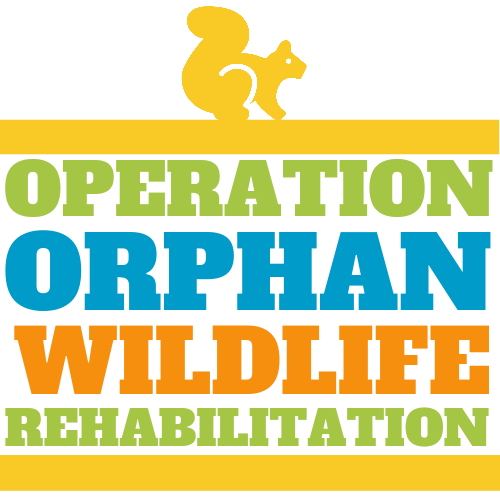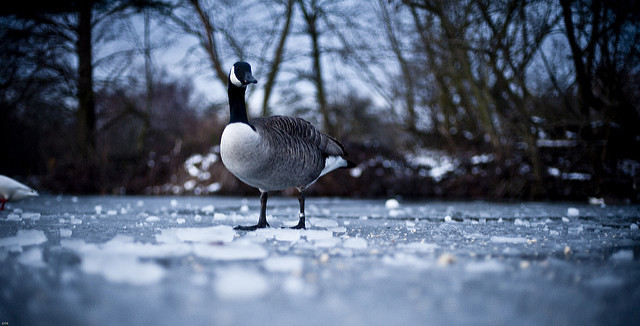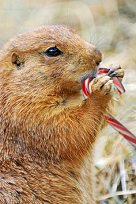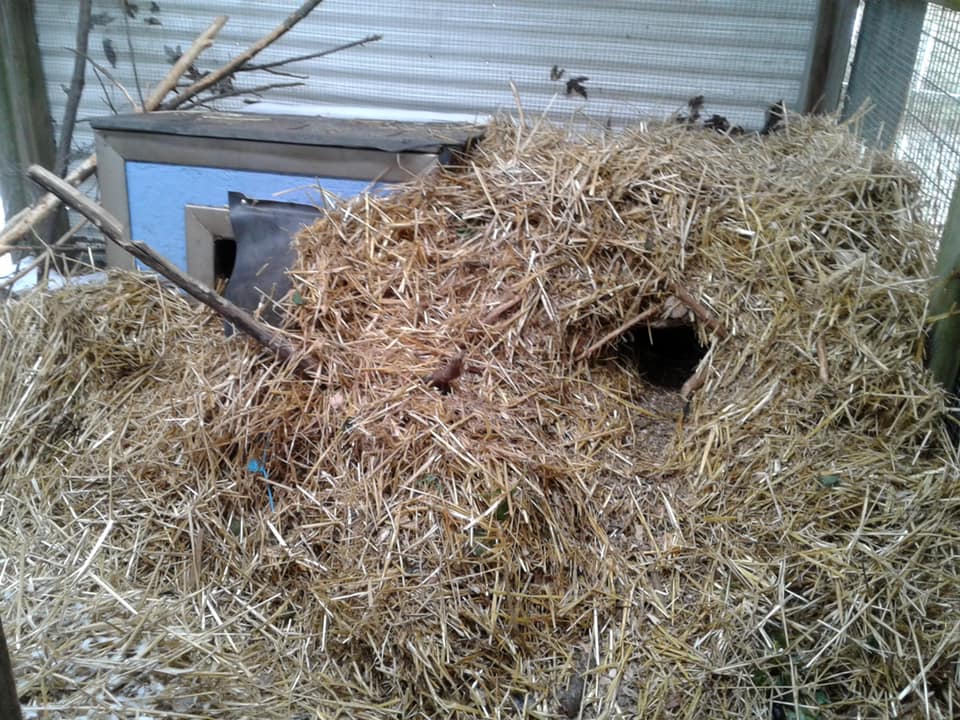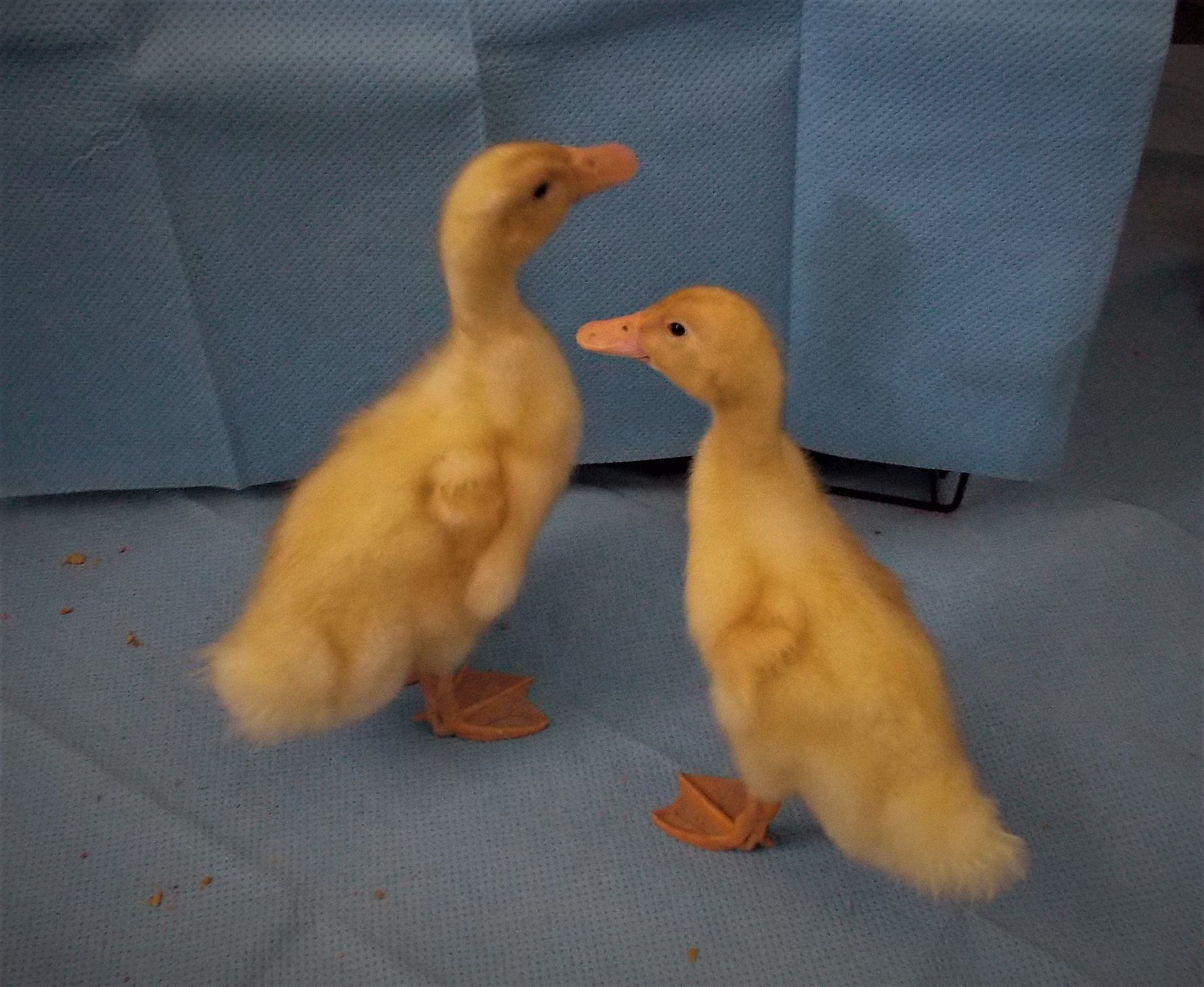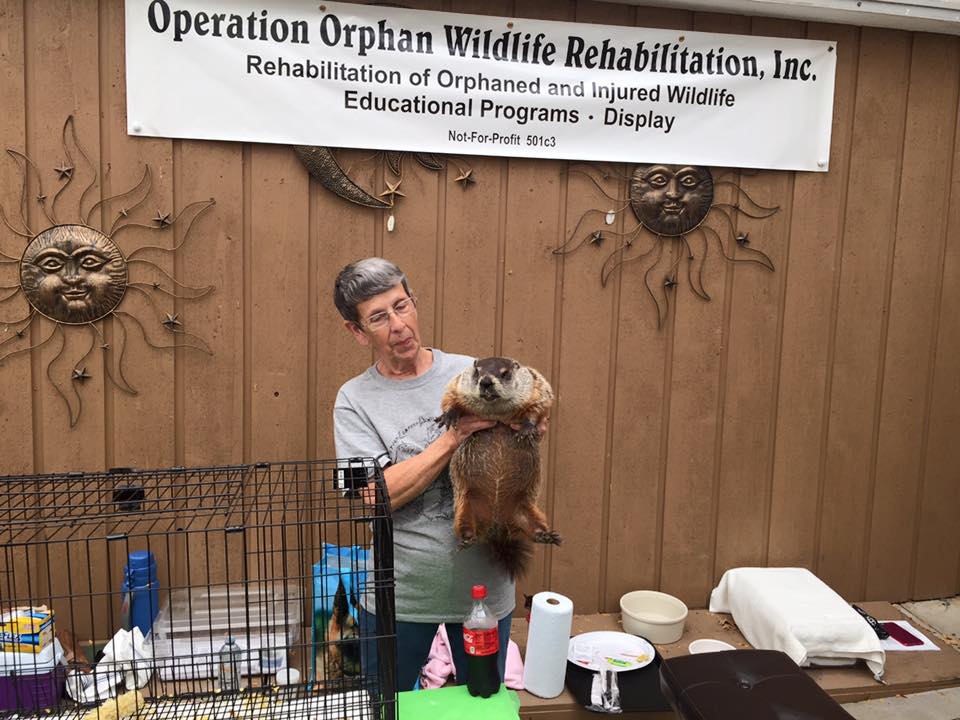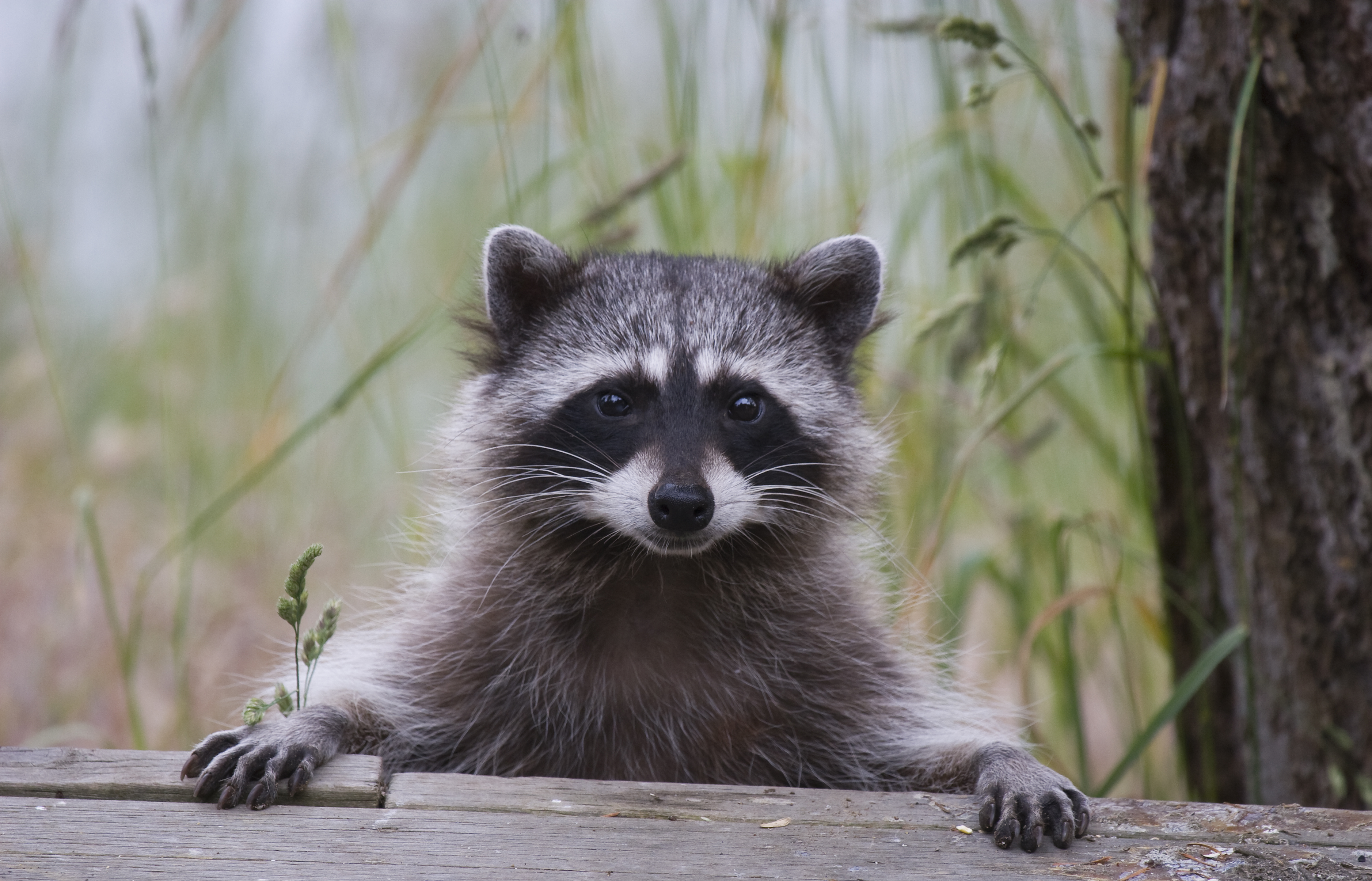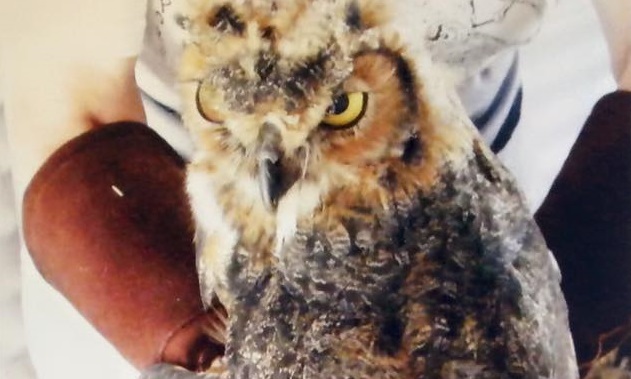Harshness and Reality of Winter
When the forecast calls for snow showers and freezing temperatures, we turn the heat up a little, bundle up before we go outside and pretty much go about our daily business. Unfortunately, the same can’t be said for the wildlife.
Not too many years ago, we had two geese brought in on the same day that had to be chiseled from frozen lakes. The injuries they sustained were so severe that they had to be put down. Both suffered from frozen feet and one had compound leg fractures from the ice crushing his legs.
Colder weather brings on some other subtle changes in wildlife behavior. Owls and hawks, for example, tend to fly closer to the ground when they are hunting causing more encounters with cars and trucks then they would in warmer months. In some instances, the food for birds of prey becomes pretty sparse. One case comes to mind where a hawk went after a cat, problem was, the cat was inside and the hawk crashed through the window to try and get to it. The hawk suffered from cuts and lost all the muscle in one wing; it had to be euthanized.
Hypothermia is a general concern for any and all wildlife along with frostbite and dehydration. There are a few things you can do to help prevent some of this.
– Setting up a brush pile works great by providing some protection. Be sure to set them a reasonable distance from your house to keep out unwanted guests.
– Put nutritious food out but NO BREAD! Foods like bird seed, apples, pears and cracked corn are a great help. Remember, you may attract some unwanted animals like mice: here again, keep the food away from the house.
– Put out WARM FRESH WATER daily. This is the most important. You might think that animals could just eat the snow, but that doesn’t work when all is frozen and the snow is crusted over so much you can’t walk on it. To keep the water from freezing, there are heaters you can place in tubs that will keep the water open. A friend of ours has a heater that they put in their pond. It provides a source of water in the same place that the local wildlife are accustomed to.
In some cases, we are able to help animals that are injured as a result of the cold conditions. When we do have an animal in our care, the normal chores associated with that becomes more difficult. The cages still have to be cleaned, disinfected and deodorized on a daily basis, but can be a bear of a job when the hose is frozen as is the urine and fecal matter in the cages. Latches, locks and door hinges freeze and the straw bedding has to be constantly checked. We want to keep those in our care as safe and warm as possible.
The snow is often beautiful. In my eyes though, there is always a price for that beauty.
Copyright 2016 – 2018 Fran Kitchen
Operation Orphan Wildlife Rehabilitation, Inc. is a 501(c)3 Non-Profit Organization and does not receive federal funding. We are supported entirely through private donations, memberships, and proceeds from our education programs. To Donate visit our website at: www.operationorphanwildlife.com
